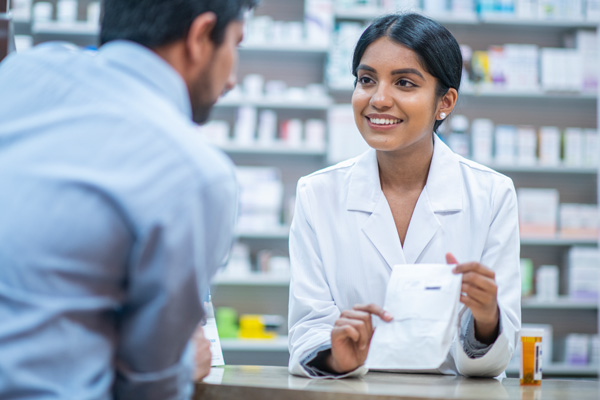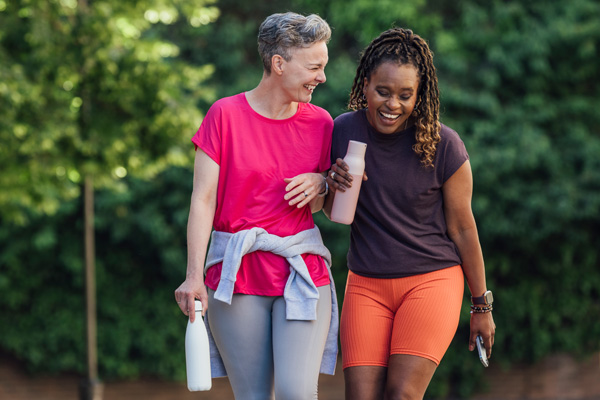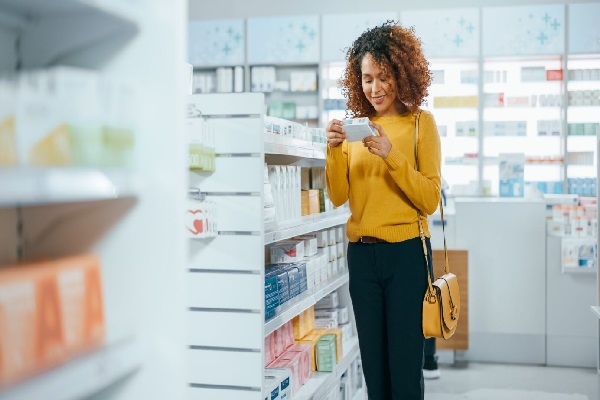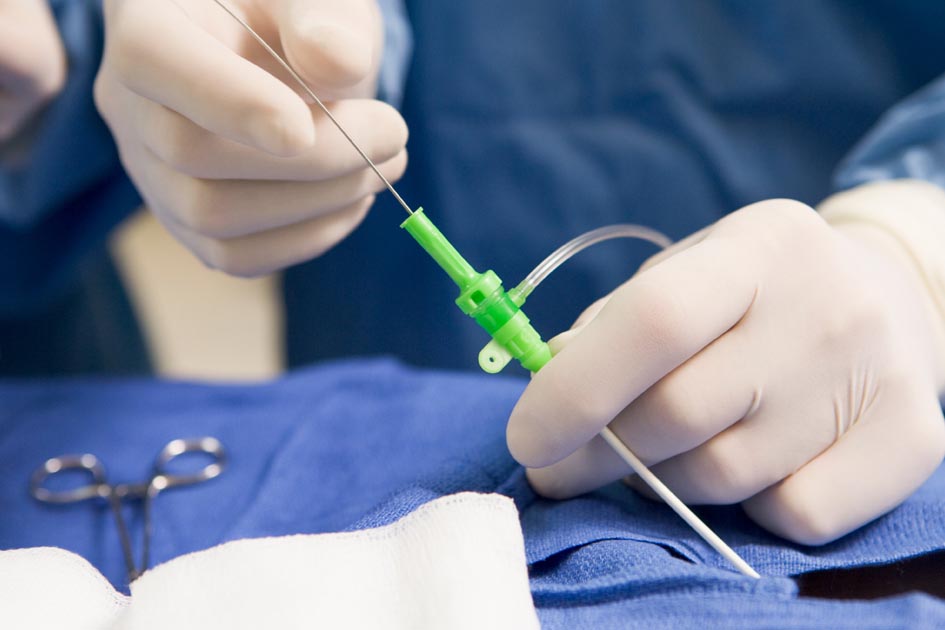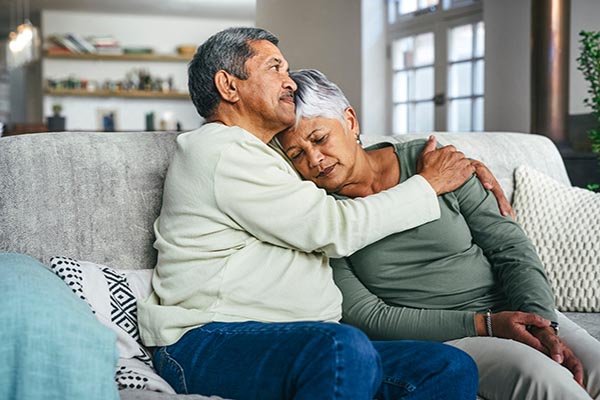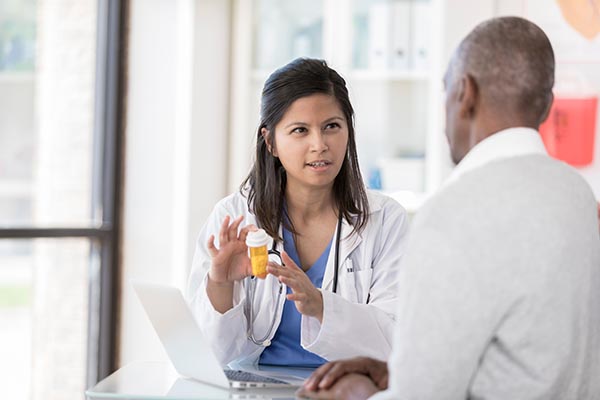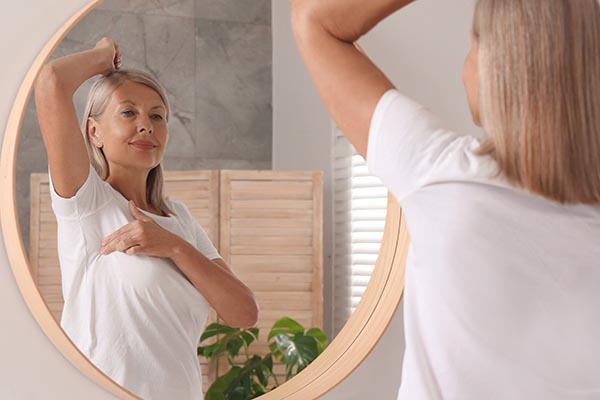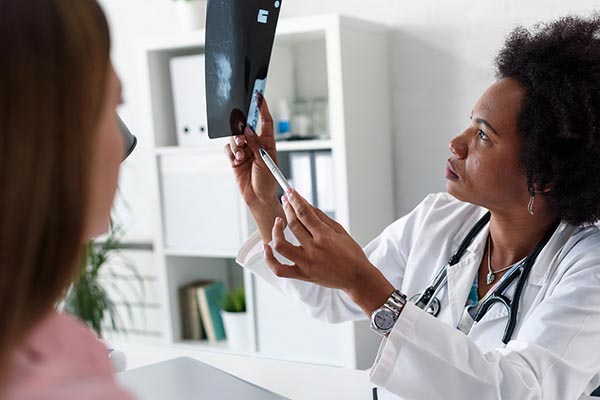10 Ways to Reduce Your Risk of Developing Breast Cancer
October 03, 2022

Health & Wellness Tips
Related Articles
-
Your Healthcare
![Woman pharmacist behind pharmacy counter, providing male patient with their medication.]()
Medication Safety: How Pharmacists Help You Manage Your Meds
-
Your Healthcare
![an older Black man jogging in a park wearing headphones]()
Discover the Heart-Health Benefits of Weight Loss Medications
-
Healthy Aging
![two menopause-aged women walking in nature]()
Navigating Menopause: Signs, Stages, and Symptom Relief
-
Wellness & Prevention
![Over-the-Counter Birth Control Pills-What You Need to Know]()
Over-the-Counter Birth Control Pills: What You Need to Know
-
Your Healthcare
![cardiac catheterization]()
Cardiac Cath Lab: Pioneering Non-Surgical Heart Solutions
-
Coping with Illness
![a hugging couple coping with grief during the holidays]()
Grief During the Holidays: Ways to Celebrate While Grieving
-
Wellness & Prevention
![What Are Fibroids_ Treatments and Options for This Common Issue]()
What Are Fibroids? Treatments and Options for This Common Issue
-
Coping with Illness
![A doctor speaking to her patient about medications for Parkinson's disease]()
Parkinson's Medication: Symptom Control, Improved Quality of Life
-
Wellness & Prevention
![a woman in a plain white tshirt conducting a breast self exam in a mirror]()
Signs of Breast Cancer (That Aren't Lumps): Skin & Nipple Changes
-
Coping with Illness
![a woman consulting with her doctor on breast cancer surgery options]()
Lumpectomy vs. Mastectomy: How to Choose a Breast Cancer Surgery
Back to Top






